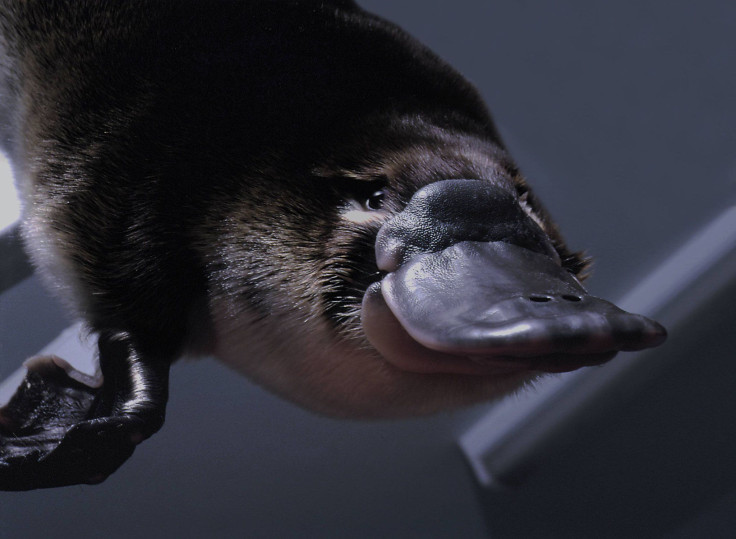River Dams Threaten Populations Of Australia's Iconic Platypuses: Study
KEY POINTS
- Researchers analyzed the DNA of platypuses in dammed and undammed rivers
- The results reportedly indicate that platypuses haven't passed the dams "since they were built"
- This could make them more vulnerable to threats and inbreeding, posing conservation issues
A team of researchers has identified yet another threat to the already-declining population of Australia's iconic platypuses: dams that they can't get past.
Platypuses are quite famous, in large part because of their odd set of characteristics, from their duck-like bills and egg-laying to the males' venomous spur and the electroreceptors they use in underwater navigation. And in recent years, researchers have even found that platypus fur actually glows under UV light.
But these incredible creatures have been facing all sorts of threats to their population, according to the authors of a study that was recently published in the journal Communications Biology. Platypuses have seen "major declines" and even extinctions in local populations due to both historical and "human-mediated" threats, including climate change, habitat loss or modification and pollution.
"Nevertheless, uncertainties remain whether dams are barriers to movement, thus limiting gene flow and dispersal, essential to evolution and ecology," the researchers wrote.
For their work, the researchers examined the DNA from the blood of platypus groups from nine rivers, five of which had major dams, while the rest did not. Indeed, they found that the genetic variation of the platypuses in rivers with dams was four to 20 times higher than those in adjacent, undammed rivers.
"This indicates that major dams represent major barriers for platypus movements," the researchers noted.
🧵 #THREAD - A new genetic study from @unswscience has found large dams restrict platypus movement and impact their #conservation. 👇 pic.twitter.com/11jUxjJ5cL
— UNSW (@UNSW) November 4, 2022
If the platypuses' movements are restricted, then there is "limited or no" gene flow between the groups, the University of New South Wales (UNSW) said in a news release. This increases their vulnerability to threats as well as the chances of inbreeding while lessening the chances of recolonizing the areas where local extinction has occurred.
Furthermore, the researchers learned that the genetic differences increased with every generation that passed since the dams were built.
"By using thousands of molecular markers, we were able to identify a strong signal indicating that genetic differentiation increased rapidly between platypuses below and above these large dams," study lead Luis Mijangos of the University of Canberra, but formerly of UNSW, said in the news release.
"These results suggest that almost no or no platypuses have passed around the dams since they were built," he added, as per AFP News.
The results show that dams are yet another threat to the species, which the researchers described as "one of the most irreplaceable mammals existing today." As such, they recommend mitigation strategies and alternative approaches to water conservation and management so as to avoid such potentially harmful impacts of dams.
"Our analyses reinforce the growing evidence on the negative impacts of major dams on platypus populations," they wrote. "This study adds to the growing evidence about the impacts of dams on aquatic biota and their viability."
So far, platypuses are listed as "Near Threatened" under the International Union for Conservation of Nature (IUCN), "Endangered" in South Australia and "Vulnerable" in Victoria. These unique animals are "facing a silent extinction," according to the World Wildlife Fund (WWF)-Australia.

© Copyright IBTimes 2024. All rights reserved.






















